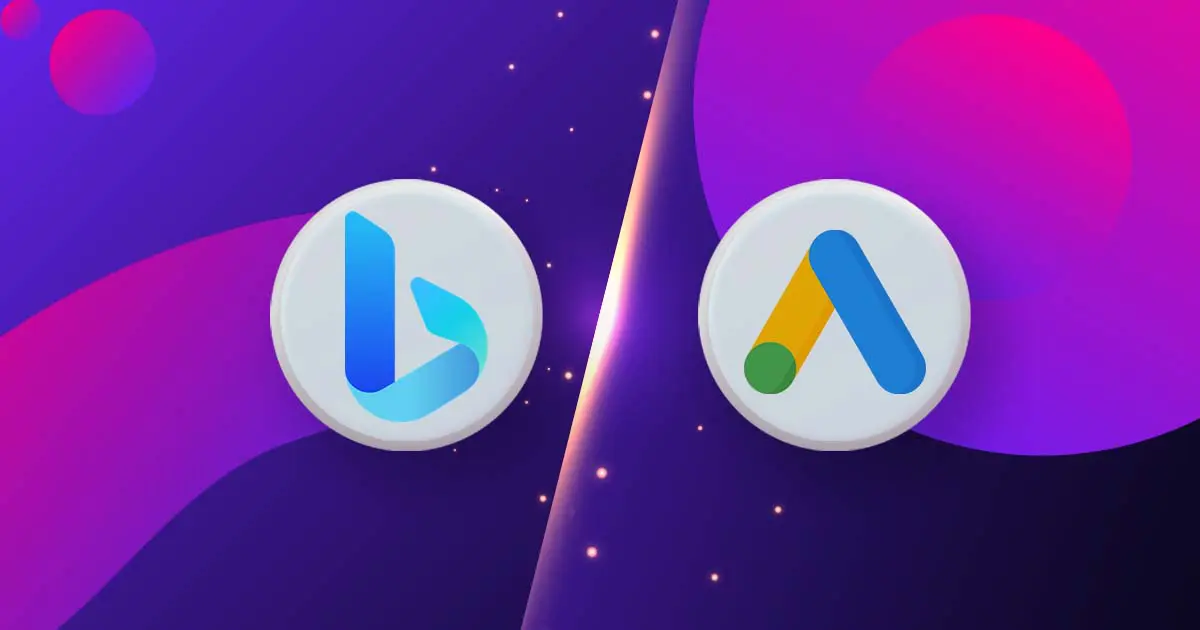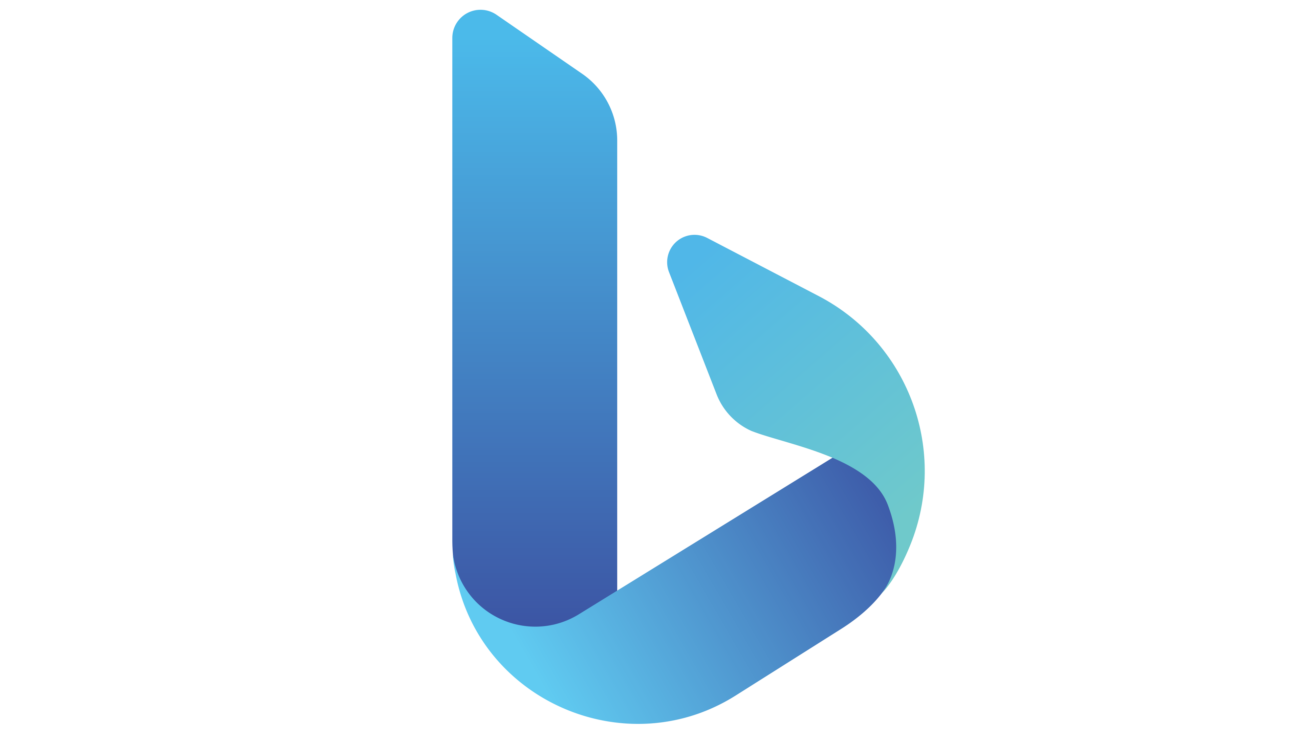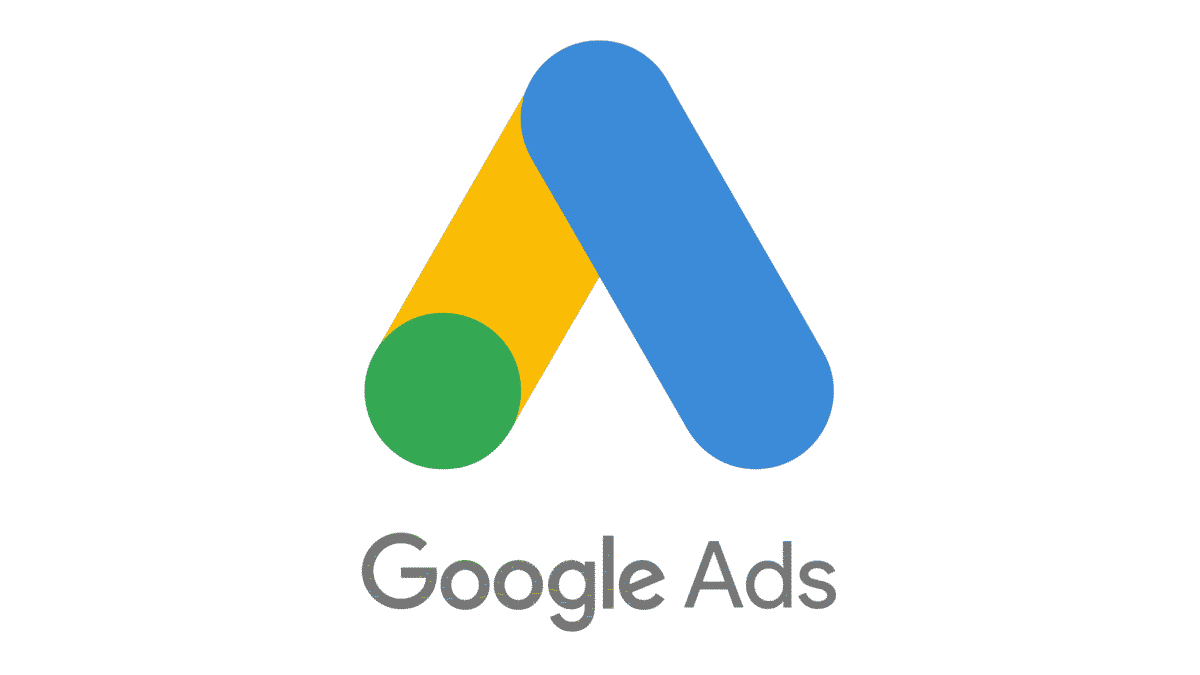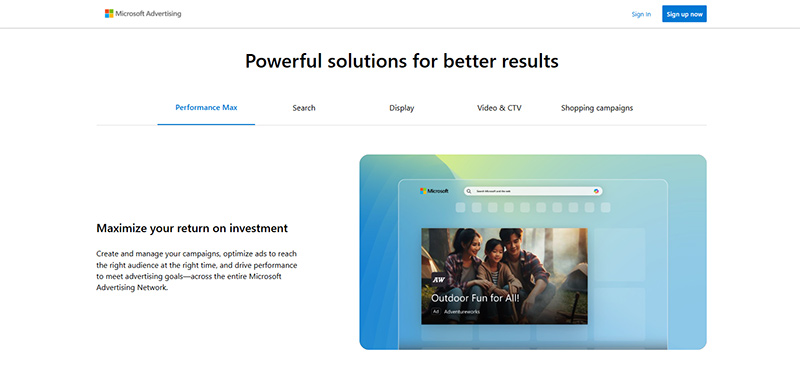
Two of the most widely used platforms for promoting businesses are Bing ads and Google ads, for good reasons. Google had a 29% share of the global digital ad spending, while Microsoft Bing had less with 7%. While the latter had a smaller footprint, it still had an advantage. Let’s explore Bing Ads vs. Google Ads and see where you should spend your ad money.
Table of Contents
- Bing vs. Google: User Demographics
- Pay-Per-Click Advertising: What is it?
- Bing Ads vs. Google Ads: Pros and Cons
- Types of Ads Provided by Bing Ads and Google Ads
- Search Engines and Platforms That Google Ads and Bing Ads Integrate With
- Google Ads vs Bing Ads: Final Thoughts
Bing vs. Google: User Demographics
The first step in deciding between Bing Ads vs. Google Ads is to consider who uses them so you’ll be able to connect with your target audience. So, let’s take a look at the demographics of Bing and Google.
Who Uses Bing?

- Geographic Reach: Around 26.23% of Bing users are in the United States, with significant user bases in China (32.95%), Japan (3.32%), Germany (3.16%), and France (2.98%).
- Market Share: Bing represents approximately 3.01% of the global search market.
- Browser Usage: A significant portion of Bing users come from Microsoft Edge, the default browser for Windows devices.
- User Demographics: Bing users are younger, with 73% under 45. The user base is predominantly male (56%) and includes many affluent individuals, with 36% in the top 25% of household incomes1.
- Average Age: The average Bing user is younger than previously thought, with a significant portion under 34 years old.
- Income: Many Bing users have a revenue of more than $100,000.
- Marital Status: About 46% of Bing users are married.
- Family: Bing searchers tend to have more children, given the older average age of users.
Who Uses Google?

- Active Users: Google has over 4 billion active monthly users worldwide.
- Geographic Reach: Approximately 88% of desktop and 96% of mobile searches in the United States are conducted on Google.
- User Demographics: Google users tend to be younger, with a large portion under the age of 35, and are often college or university-educated.
- Family Status: People who prefer Google are less likely to have children due to the younger demographic.
- Platform Engagement: The average Google user spends about 12 minutes daily on the platform.
- Tech Savviness: Google users are generally more tech-savvy, often engaging with the latest technology and digital tools.
Pay-Per-Click Advertising: What is it?
Google and Bing both follow the pay-per-click advertising model, the most common type of digital advertising. The goal of PPC ads is to drive website traffic, and advertisers pay every time a user clicks on their ad.
PPC ads, also called paid search ads, are text-based. They’re triggered by the keywords you enter into Google and show up above and below your Google search results. The purpose is to get your business in front of as many prospective customers as possible so they can find your products or services.
Search engines have limited ad space, so advertisers compete for ad placements. When you create a PPC ad campaign, you set a budget based on how much you’re willing to pay to get clicks on your ads.
Paid search advertising requires planning, strategy, and ongoing management. You need to:
- Determine which keywords to use in your ads.
- Write some compelling copy that will grab the attention of your audience.
- Build a landing page designed to convert.
- Monitor the performance of your ads and make adjustments as needed.
Bing Ads vs. Google Ads: Pros and Cons
Bing Ads and Google Ads both help companies expand their reach, generate traffic, and ultimately, revenue. However, the reach, targeting options, functionalities, costs, and more differ between Google and Bing. Here’s a look at the pros and cons of each:
Bing

Pros of Bing Ads
- When you advertise on Bing, your ad is seen on Yahoo and AOL as well as various partner sites.
- Although Bing only accounts for 4.04% of the global search engine market share, Bing ads still reach more than 1 billion unique monthly users.
- Because Bing’s demographics are different from that of Google, it could be an effective way to reach an older, higher-earning, blue-collar American audience.
- The average cost per click is lower on Bing, making it a cheaper option.
- There isn’t as much competition for relevant keywords
- A unique feature is targeting based on LinkedIn profiles as well as location, and time and day of the week.
Cons of Bing Ads
- Bing is number two behind Google, so it has far fewer people who could see your ad.
- Given that fewer people use Bing, the ad clickthrough rate is low.
- It’s mainly used in the U.S., so it wouldn’t be effective in reaching a global audience.
- Bing’s keyword planner is far less robust than Google’s.

Pros of Google Ads:
- Google has the largest market share in the search engine sector.
- The Google Ads platform has strong retargeting capabilities.
- The platform offers recommendation to help you manage your ads.
- Google Ads can complement your SEO strategy and boost your presence in Google search results.
- In addition to appearing on search engine results pages, Google Ads also appear on a vast number of other websites across the internet.
- Google has robust keyword tools so advertisers can make the most of their campaigns
Cons of Google Ads:
- The Google Ads platform can be a challenge for newcomers. It can be time-consuming to learn and mistakes can cost you money.
- The recommendations that Google makes to help you manage your ads are believed to be biased, so take them with a grain of salt.
- Competitive industries have a high cost-per-click (CPC) rate. For example, in the legal services sector, the average CPC is around $9.21, so that’s how much you would pay for one click on your ad.
- Once you stop running your ads, you can expect your website traffic to decrease.
Types of Ads Provided by Bing Ads and Google Ads
For your reference, let’s take a look at what types of ads are possible with each platform:
Bing Ads
- Search Ads: Text ads that appear on search engine result pages (SERPs) based on keywords.
- Responsive Search Ads: These ads adjust their content and format to align with user search queries.
- Product Ads: These display detailed product information directly in the search results, complete with images, pricing, and merchant names.
- Multimedia Ads: These blend images, video, and audio to create a more engaging ad experience.
- App Install Ads: These ads are designed to drive users to download your mobile app directly from the ad.
- Microsoft Audience Ads: These display ads appear across Microsoft’s web properties, reaching users in different contexts beyond search.
- Dynamic Search Ads: These automatically generate ad headlines and landing pages based on the content of your website.
- Vertical Ads: Ads tailored to specific industries, such as travel, automotive, or finance.
Google Ads
- Search Ads: Text ads that appear on Google search results pages.
- Responsive Search Ads: Ads cycle through multiple headlines and descriptions to serve tailored ads.
- Call Ads: Promote a clickable phone number as the headline to drive calls to your business.
- Dynamic Search Ads: Created using information from your website content and a short description blurb.
- Display Ads: Visual ads that appear on the Google Display Network.
- Video Ads: Ads that appear on YouTube and other video partner sites.
- Shopping Ads: Showcase products with images, prices, and merchant names directly in the search results.
- App Ads: Promote app downloads or engagement.
- Local Ads: Promote your business locations on Google Maps and other Google properties.
- Discovery Ads: Appear on Google Discover, YouTube, and Gmail.
Search Engines and Platforms That Google Ads and Bing Ads Integrate With
Bing Ads
Bing Ads can be integrated with several search engines and platforms to expand your reach:
- Microsoft Products: Bing, MSN, Edge, and Outlook.
- Partnerships: Yahoo, DuckDuckGo, and Ecosia8.
Google Ads
Google Ads integrates seamlessly with various search engines and platforms:
- Google Products: Google Search, YouTube, Google Maps, and Google Play.
- Partner Networks: Google Display Network, Google Marketing Platform, and Search Ads 360, which includes integrations with QiHoo360, Naver, AdMarketplace, Yandex, and more.
Google Ads vs Bing Ads: Final Thoughts
Bing’s market share is small, but that doesn’t mean you should ignore it. Advertising on Bing alone, though, might not be enough to help you reach your business goals.
A good approach is to focus on Google Ads while also putting a portion of your ad budget toward Bing Ads. You’ll be able to reach people through Bing that you can’t through Google, so your campaigns have a greater chance of success. The Bing and Google ad platforms can integrate, making it easy to manage both.










